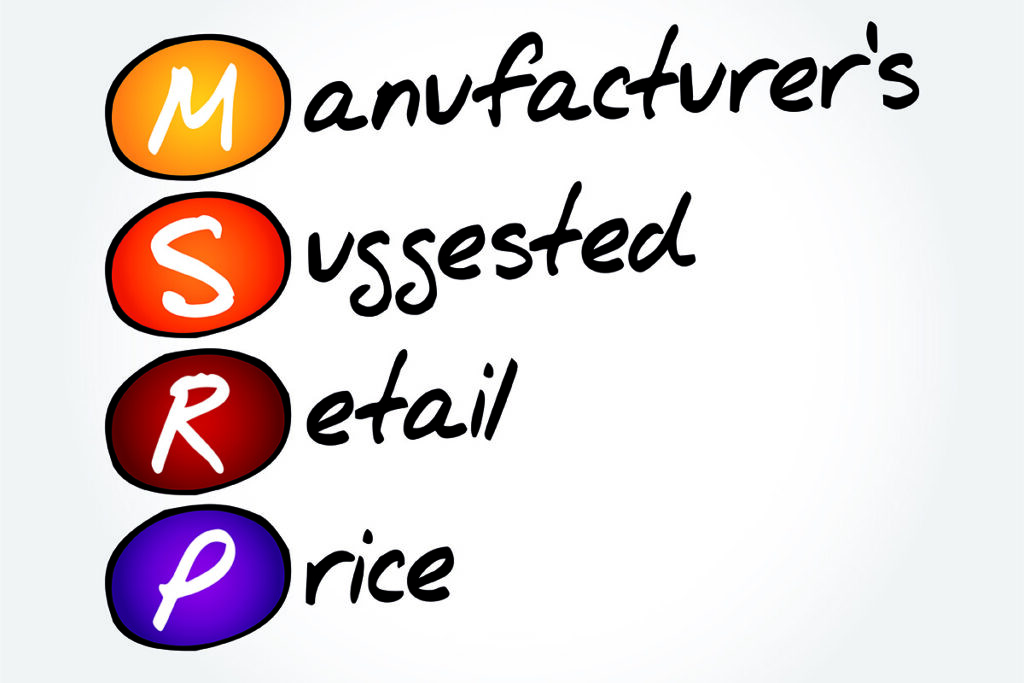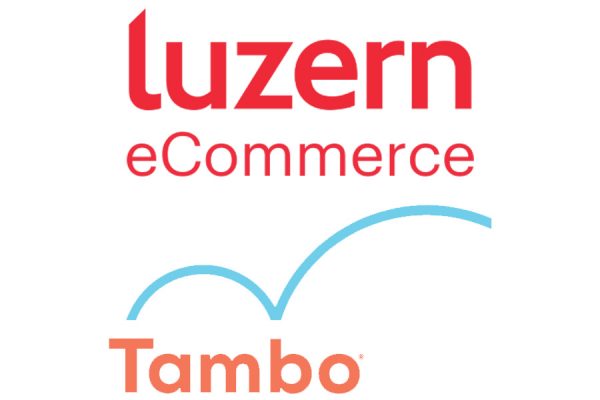There’s a new Amazon reference prices policy which aims to ensure that Prime Exclusive Discounts are genuine and offer a minimum discount of the regular selling price of a product.
What is a reference price?
In many product categories, you have the option of providing a recommended retail price (RRP) or a manufacturer’s suggested retail price (MSRP) which is the recommended or suggested retail price of a product set by the manufacturer.
- The RRP that you provide must represent the price applied by you or other retailers or sellers outside of short-term discounts for the product in question.
- You also are responsible for ensuring that the RRP you provide to us remain current.
If you do not have an RRP that meets these criteria, provide a value of 0 when adding a new product. If Amazon cannot verify the list price that you provide, we may not use it. Also, if Amazon consider that an RRP or saving message displayed is misleading to customers, they reserve the right to stop displaying the RRP at any time to protect our customers.
Additionally, A ‘Was’ price may display in several places, including the product detail page, the deals page and search results for your products, to show savings to customers. A ‘Was’ price is determined using historic prices paid by customers for the product on Amazon, excluding sale prices.
Reference prices policy & Prime Exclusive Discounts
Now, to participate in Prime Exclusive Discounts, your product must display a reference price that indicates to customers the value of your offer.
The reference prices policy can apply to both a “was” price or a list price.
- On regular days, the Prime Exclusive Discount must be 5% lower than the reference price.
- During special events, such as Prime Day and Black Friday, Prime Exclusive Discounts must be 10% lower than the reference price.
It’s also worth noting that discounts must respect any legal minimum and maximum durations. For some countries this is a maximum of 30 calendar days. You need to allow intervals between discounts to ensure for what Amazon describe as ‘a good customer experience’.



![! Social Web Template [Recovered] Amazon Future Engineer Scholarship recipients](https://channelx.world/wp-content/uploads/elementor/thumbs/Amazon-Future-Engineer-Scholarship-recipients-qx1k9h8ihd702da3gf56eb3zfdgmqby55wi2ln5bq8.jpg)






One Response
The trouble with this policy is Amazon are search supressing items selling for more than MSRP. But they don’t allow for the (ever-increasing) cost of postage. It mainly affects low priced items.
For example, an item with an RRP of £2.75 will have to be sold for around £4.00 to cover the cost of the stock itself, postage, Amazon fees, the Amazon fees on postage and VAT. That’s just to break even. But as far as Amazon are concerned, it’s over the MSRP so will be search suppressed and in some cases generates a warning that if we don’t bring the price down, our account could be suspended.
In each case, we remove the product from Amazon because it’s clear they’d rather we sell it on other platforms. But I always thought that a supplier (in this case, Amazon supplying a retail outlet) dictating prices to a retailer was considered to be cartel behaviour – I guess Amazon policies now take precedence over UK law.